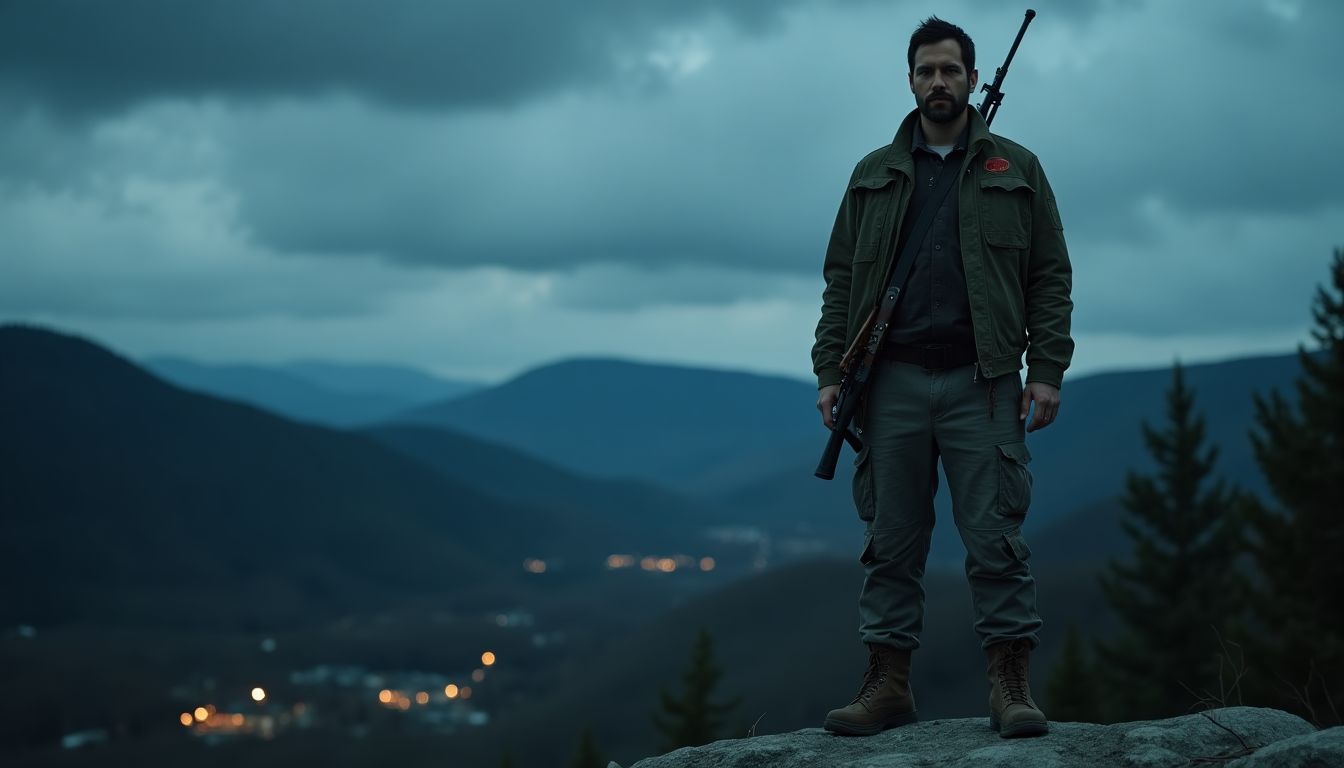In a world driven by technological marvels like AI, electric cars, and interplanetary exploration, it’s ironic that nuclear weaponry—a relic of 20th-century warfare—remains one of humanity’s gravest threats. The specter of a nuclear attack continues to cast a long shadow, and recently, a chilling map has surfaced, revealing which states in the US might be the safest during such a catastrophe.
While the topic may sound like something out of a dystopian novel, the insights from this map aren’t just academic musings. They offer a sobering look at the realities of nuclear fallout and provide a blueprint for understanding the geographic implications of modern warfare.
The Cold State of Affairs: Why the Midwest Is a Prime Target
If tensions were to escalate to nuclear war, the Midwest would likely find itself in the crosshairs. The region is home to 450 intercontinental ballistic missile (ICBM) silos, making it a strategic target for any adversary aiming to cripple the US’s nuclear capabilities.
These silos, capable of launching devastating counterstrikes, are viewed as high-priority targets. Destroying them early in a conflict would give an enemy a significant advantage. However, the devastation wouldn’t end with the initial blasts. Researchers at the University of Massachusetts Amherst have shown that wind patterns would spread radioactive fallout across the US, leaving a deadly trail far beyond the initial impact zone.

Mapping the Fallout: Safest and Most At-Risk States
The researchers simulated the aftermath of a nuclear strike on these silos, calculating how wind patterns would distribute radioactive material. Their findings paint a grim picture for much of the country:
The Safest States
-
East Coast States: Maine, Vermont, Rhode Island, and Delaware are among the safest areas, largely due to their distance from the Midwest and prevailing wind patterns that would carry fallout westward.
-
Southern States: Florida and southern Georgia also face minimal exposure, with radiation levels predicted to be as low as .001 grays (Gy)—the annual public limit for radiation exposure.
-
Parts of the West Coast: Washington, Oregon, and California fare relatively well, thanks to their distance from the primary targets.
The Most At-Risk States
-
Midwest States: Nebraska, Kansas, Iowa, Missouri, North and South Dakota, Montana, and parts of Colorado and Wyoming are ground zero for the initial strikes. Fallout in these areas would result in fatal radiation doses within days.
-
Adjacent States: Even those not directly hit—like Minnesota and Illinois—would face significant fallout due to wind patterns.
Radiation Levels and Their Effects
Radiation exposure levels vary significantly:
-
.001 Gy: Minimal risk, comparable to annual background radiation.
-
8 Gy: Fatal within four days, causing severe symptoms like vomiting, seizures, and organ failure.
The Domino Effect: Beyond the Blast Zone
A nuclear strike isn’t just a localized event—it’s a catastrophe with cascading effects. The immediate destruction of the silos would release massive amounts of radioactive material into the atmosphere. Wind patterns would then carry this fallout across the entire country, contaminating soil, water, and air.
But the destruction doesn’t stop there. A nuclear attack would likely trigger a nuclear winter, a phenomenon caused by soot and debris blocking sunlight. This could lead to global crop failures, plunging temperatures, and widespread famine. Experts estimate that such an event would kill at least one billion people worldwide.
The Psychological and Ethical Implications
Discussing nuclear survival might seem pragmatic, but it raises profound ethical questions. As Christian Appy, director of the Ellsberg Initiative for Peace and Democracy, puts it: “It is morally repugnant to think about the safest places to survive a nuclear war. A major nuclear war would throw so much soot and debris into the stratosphere that it would produce a nuclear winter, killing all or nearly all of those who survived the blast, firestorms, and radiation.”
This sentiment underscores the futility of "surviving" a nuclear war. Even in the safest states, long-term survival would be threatened by resource shortages, societal collapse, and environmental destruction.
The Role of Science: Turning Data Into Preparedness
The map created by researchers at the University of Massachusetts Amherst isn’t just a grim prediction—it’s a tool for understanding the stakes. Using weather patterns from 2021, scientists simulated the effects of 800-kiloton warheads striking all 450 silos simultaneously. By modeling the distribution of radioactive fallout, they’ve provided invaluable insights into how such an event would unfold.
These findings should serve as a wake-up call for policymakers, emphasizing the need for diplomacy, arms reduction, and disaster preparedness. As Appy suggests, the focus shouldn’t be on surviving a nuclear war but on preventing one.
Practical Steps for Individuals
While no place is truly safe in the event of a nuclear war, understanding the risks can help you prepare:
-
Stay Informed: Know your region’s proximity to potential targets and prevailing wind patterns.
-
Emergency Supplies: Stockpile essentials like food, water, and medical supplies.
-
Shelter: Identify or create a fallout shelter with thick, dense materials like concrete or lead.
-
Radiation Protection: Have potassium iodide tablets on hand to reduce the risk of thyroid cancer from radiation exposure.
A Call to Action: Preventing the Unthinkable
The prospect of nuclear war is a grim reminder of the stakes involved in international diplomacy. As tensions rise, it’s crucial to advocate for peace, disarmament, and global cooperation. Nuclear weapons are not just relics of the Cold War—they’re an ongoing threat to humanity’s survival.
Join the Conversation: What’s Your Take?
Do you think these maps are helpful tools for understanding nuclear risks, or do they promote unnecessary fear? Should we focus on preparing for the worst, or work harder to ensure it never happens? Share your thoughts below and become part of the conversation.
Join us at “Shining City on the Web” and be part of a community dedicated to exploring the intersection of technology, humanity, and hope. Like, comment, and let’s chart a path toward a safer, more peaceful future—together.
Wait! There's more...check out our gripping short story that continues the journey: A Song of Shadows and Ashes
Disclaimer: This article may contain affiliate links. If you click on these links and make a purchase, we may receive a commission at no additional cost to you. Our recommendations and reviews are always independent and objective, aiming to provide you with the best information and resources.
Get Exclusive Stories, Photos, Art & Offers - Subscribe Today!

























1 comment